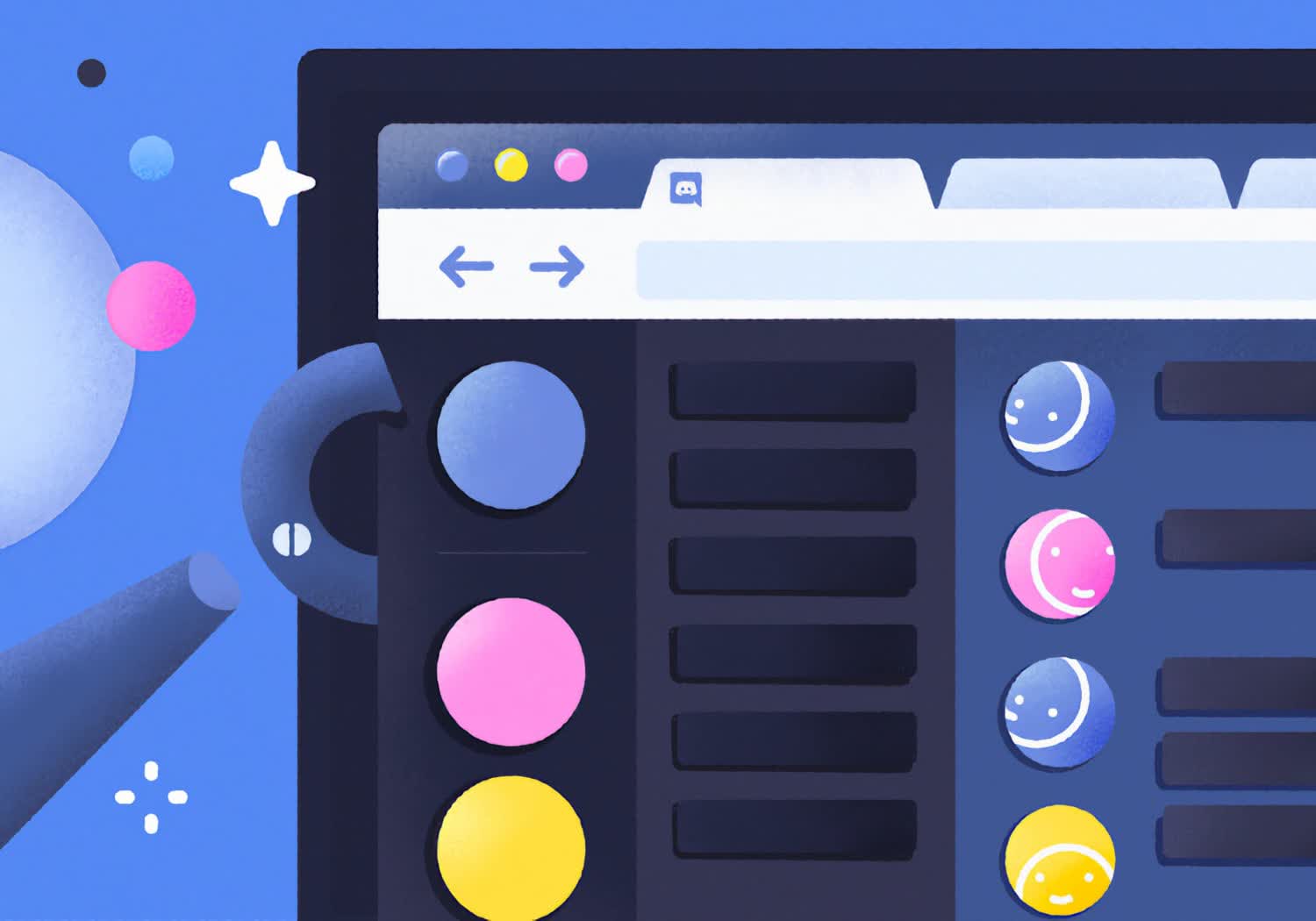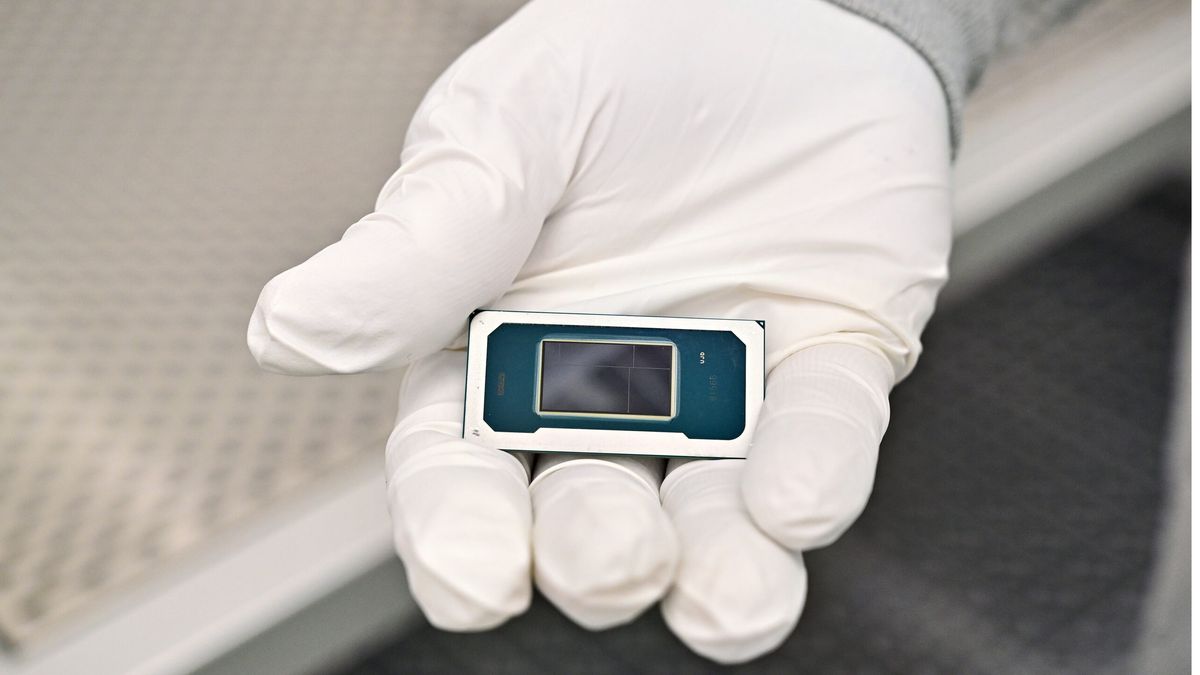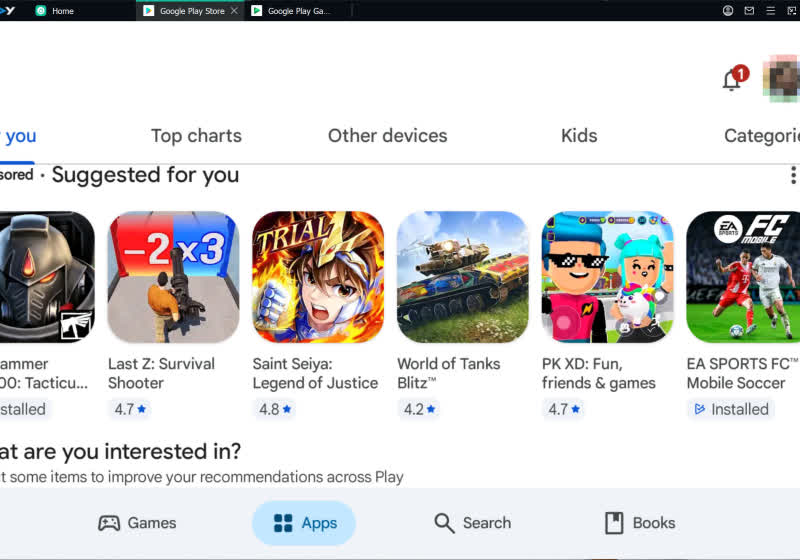When Aurzen sent me its new Zip Tri-fold Projector, it arrived in a dense, well-designed 5" x 6.5" x 1.75" box. I said aloud to no one, "Wow, this is the smallest projector I've ever seen." But when I opened the box, I was blown away by its actual size -- because it literally fits in the palm of my hand. "OK then," I asked myself, "Is this the world's first true pocket projector?"
Also: I replaced my TV with a 4K UST projector - and the visual upgrade was worth it
As it turns out, it isn't. Kodak makes a smaller one for almost half the price of the Zip. But comparing the quality of that model with the Zip will have to wait for a future review.
Initial impressions and setup
The Zip is 3" x 3" x 1" and weighs less than 10 ounces. Shapewise, it reminds me of a small-bite artisanal hamburger, although much heavier (and less tasty). I can literally fit it easily inside the pocket of my jeans.
I already mentioned the delightfully smart packaging, which includes two stylish, magnetic box top flaps for storing the Aurzen Zip, should you need to. You don't need to keep the original housing box, though, because the Zip also comes with a zippable clamshell carrying case that is about the size of a regular sandwich.
Also: The best outdoor projectors: Expert tested and reviewed
The carrying case measures only 5.75" x 5" x 1.5", has a plush, velvety interior, and is equipped with a carabiner -- you know, in case you want to clip a mini-projector to your backpack on a 20-mile hiking trip.
The Aurzen Zip projector in its carrying case.
Out of the box, the waxpaper sleeve surrounding the unit warns not to "fully flatten the ZIP, as exceeding these angles or forcing it into a flat position may result in irreversible damage." This becomes evident as you tug on the top component to unfold the projector. It's also evident how strong the high-quality hinges are, which jibes with the projector's overall sturdiness.
The Zip comes in two colorways: Gold (which actually looks more titanium) and Grey (which I'd call more like Carbon).
A row of five pinhole white lights indicates the charge status, and a solid green light indicates fast charging. The onboard controls are minimal, having only five illuminated touch buttons that you'll rarely use after initially checking the settings on its extremely condensed home menu.
Its only USB-C port supports 24W power delivery, and its 5,000mAh battery capacity is about the same as most high-end smartphones. The problem is that this battery is running moving parts (internal fans), generating 100 ANSI lumens (and thereby a good deal of heat), and projecting a large image, unlike any smartphone. Well, most smartphones.
Also: This Android phone that doubles as a projector will make any tech enthusiast smile
As light as it is (0.62 pounds), the bottom of the unit is coated with a silicon-based texture that gives the base enough grip to prevent it from scooting across high-varnish furniture -- another thoughtful touch that adds to the Zip's premium appeal.
By the way, the Aurzen "Zip" is named for its Z-shaped, tri-fold design, but is also meant to evoke a ZIP file, which can be compressed and decompressed. Smart.
How does it perform?
The Zip is a short-throw projector. At two feet from a screen, it can project a 25-inch image, and at 6.33 feet, it can project an 80-inch image.
The Zip only supports vertical keystone correction, but the keystone adjustment is automatic -- and impressively so. As soon as I pointed it at a wall, the trapezoidal projection straightened itself out symmetrically.
While this 1280 x 720p projector will never display crisp, highly detailed images, its autofocus feature went to work instantaneously. Whatever surface I targeted, the on-screen text was legible even when protracting its image by moving back as far as seven feet.
Also: Finally, a portable 4K projector worthy of replacing my TV - and it gets plenty bright
The Zip also won't deliver high contrast, true blacks, or any of those lofty measures of image quality we look for in LED TVs -- that's asking too much of any projector. But I have to say, the colors were rich enough, and overall, the videos I played looked pretty good.
In a dark room, the Zip's brightness level was plenty adequate. A small amount of ambient light creeping into the room, however, will wash out the screen. The only switch on the unit is for a brightness booster, which, when turned on, ostensibly makes the image maybe 10% brighter. So I wondered why bother with this option? Why not always make the image as bright as possible? Yet, the booster does make a noticeable difference in a very dark area.
The brightness booster is an option because it saps the Zip's battery. In fact, the feature is available only when the projector is at a certain battery level (above 50%). Turning the brightness boost switch on affected power use so significantly that I could hear the poor unit straining.
Normally, the little fan inside the Zip emits a subtle white noise, a consistent low-decibel fuzz that could lull you to sleep. With the brightness booster turned on, those decibels triple as the cooling fan accelerates like a tiny jet engine. Turning it off to the dimmer setting, you can hear the engine decelerate and wind down to a glide. I should say that the "engine noise" isn't a problem when videos are playing at any level of volume.
Also: One of my favorite smart home accessories turns any room into an aurora show
Taking advantage of its folding design, I wanted to see how the Zip would work if I aimed it at the ceiling above my bed. I put it on the nightstand, but this offset the 16:9 projection to the right, placing it above my nightstand, not me. So I set the unit on my chest and watched its image on my popcorn-textured ceiling swell and unswell from my breathing and shake slightly with each heartbeat.
I realize this does not paint the picture of an ideal viewing scenario. But, if you have spinal or shoulder injuries that require you to fall asleep on your back with no craning of your neck, and if another "requirement" is that you must be watching TV to fall asleep, then the Aurzen Zip is the only projector I've found that makes that possible. And from five feet away, the image on my ceiling looked just fine for sleepy nighttime viewing.
The Zip's middle component houses two 1-watt speakers on opposite sides. They're as powerful as you'd expect for the size; not too much. But what can we expect from such a diminutive device? The volume is certainly adequate for one or two people positioned a few feet away from it, perhaps in a bedroom or inside a tent.
Areas of improvement
I didn't mean to bury the lede here, but a major shortcoming of the Zip is that it has no built-in operating system. Thereby, it has no streaming capability and zero apps. It operates solely through the command of your phone, tablet, or laptop. I was surprised to open the instruction booklet and read, "Copyrighted content from Netflix, Hulu, and other similar streaming services cannot be wirelessly mirrored or cast due to copyright restrictions."
Since you can only screen-mirror content from another device -- and apps like Disney+ or Apple TV won't play because it is illegal --your viewing options become severely limited. I was only able to tune into YouTube to sample videos with a 16:9 layout. Otherwise, I could watch things like TikTok or Instagram in a vertical format, meaning the Zip indeed produced a larger 2D version of my phone on the wall.
Also: Hisense's latest laser projector is so sharp and vivid, it may just replace your 4K TV
To access more content, Aurzen claims you can purchase a USB-C-to-HDMI video adapter and an HDMI dongle that streams material through your phone. These supplements could set you back another $50 to $100, and I'm honestly not sure that this will circumvent the copyright issue.
I would be remiss if I didn't mention that I had trouble connecting the Zip to my phone. When trying to screen-mirror using AirPlay, my iPhone 16 could detect its presence, but I would repeatedly get the message, "Unable to connect to ZIP-287544D4." Thinking my phone's Defender Otterbox might be jamming the transmission, I borrowed an iPhone 16 Plus (wearing no protective case) and, sadly, got the same result.
At just over half a pound, the Zip is one of the smallest, most portable projectors on the market.
Besides the deluxe carrying case, the only accessory that comes with the Zip is a 3.5-foot USB-C cord. Out of desperation, I used it to connect the Zip to my laptop so I could finally play some videos. Yet, in another attempt to screen mirror, I used that cable to hardwire the Zip to my phone. Not only did that not work, but the Zip projected a warning message that dumbfoundingly said: "(!) Please insert the standard adapter." This is the cable it came with!
Then I noticed the solid green light on the Zip, indicating that it was fast-charging. It was fast-charging by leaching off my phone's battery to juice itself up, like a cute little robotic parasite. If you want to fast-charge a Zip the right way, you'll need to supply your own USB-C wall adapter.
Also: Tariff-proof tech? Back Market's refurbished devices keep prices down
The Zip's max battery life is only about one and a half hours, and that is with the brightness booster turned off. This is certainly problematic if you plan to watch a football game or most feature films. After unboxing, I charged it overnight and was surprised to see how quickly the battery light indicators diminished once I got it up and running.
You can always get a power bank, but then you have another device and another cable to deal with. And as I mentioned before, the Zip only has one USB-C port. Assuming you can get the Zip to screen mirror with your phone wirelessly, you'll be able to change it and watch content at the same time.
ZDNET's buying advice
This is my first encounter with Aurzen Zip, and I like what the company is trying to achieve with this projector. Holding it in my hand, the Zip's heft makes it feel solid and durable, while the sleek elegance of its metallic outer package betrays a premium device. I really love the way it looks and feels.
The ideal scenario for using the Zip would be in a very dark, quiet space with only one or two people watching. For professional purposes like showing a PowerPoint in a boardroom, it might do in a pinch, but I wouldn't recommend it. The boardroom would have to be pitch black, and you'd need an external Bluetooth speaker.
Also: Your TV's USB port is seriously underutilized: 5 features you're not using enough
And if you want more power or more (make that ANY) streaming capabilities, you'll need peripheral devices like a power bank and a dongle, not to mention a heartier sound system. This formula would detract from the true portability of the Zip in that now you're carting around three or four things instead of one.
As future iterations and copycat designs emerge, the price of the Zip will go down, so I'd consider waiting it out. Incidentally, it is available on Amazon now for 15% off (at $339), and also on the Aurzen website for an equivalent discount if you use code ZIP15 at checkout.
With loads of potential, I believe the Zip represents a promising example of what future mini projectors will look like, except they'll be smarter, brighter, and commensurate with their price tag.

 6 months ago
78
6 months ago
78








 English (US) ·
English (US) ·